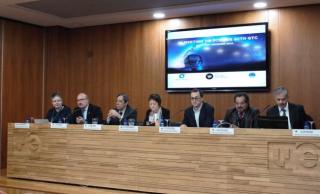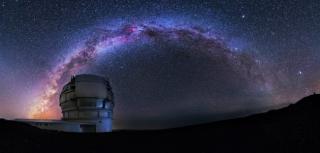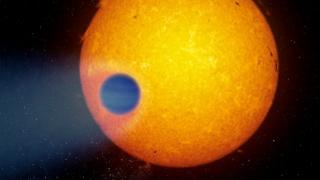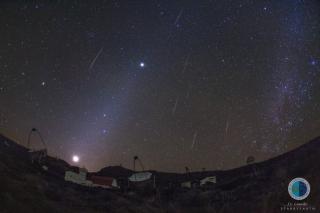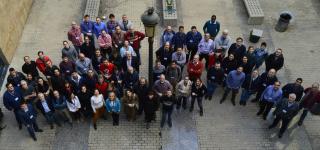
During the last three days over 60 talks have been given, presenting the latest scientific results obtained using data from the Gran Telescopio Canarias, as well as the current and future instrumentation for this exceptional telescope with which the Universe is observed from the Summit of La Palma.
Advertised on
